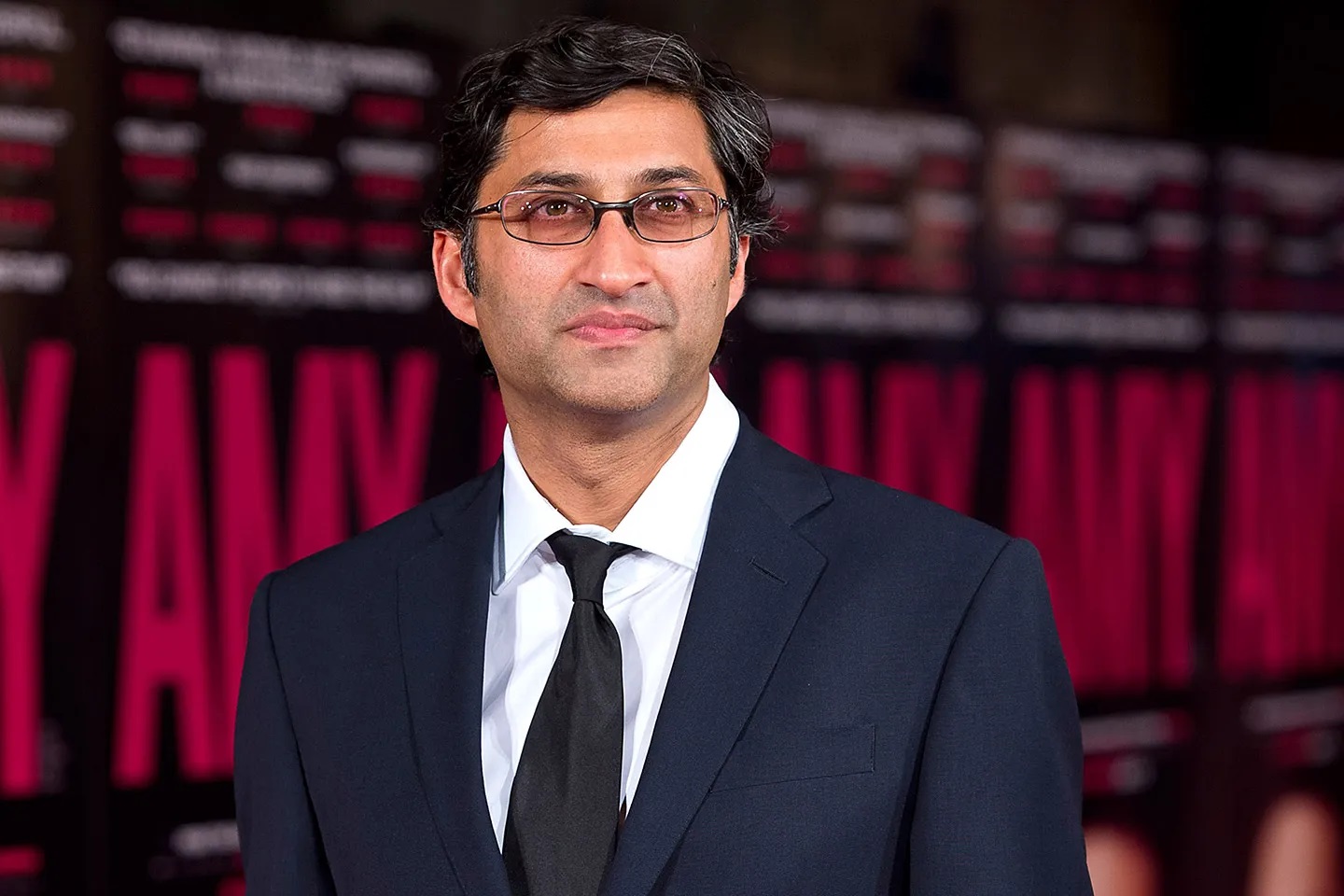Asif Kapadia’s filmmaking consistently challenges the boundaries of documentary form, blending fact and fiction in innovative ways to capture complex realities. His latest film, 2073, exemplifies this approach by merging archival footage with speculative fiction to create a vision of the near future shaped by political turmoil and environmental collapse. This film departs from Kapadia’s previous works, which focused on biographical portraits, by expanding to explore systemic global issues through a cinematic language that is both rigorous and poetic.
Kapadia’s process remains rooted in meticulous archival research. For 2073, he collaborated closely with editor Chris King and cinematographer Bradford Young to integrate real-world news footage, mobile videos, and dramatic reenactments filmed using LED stage technology. This technique allowed Kapadia to blur the lines between past and future, documentary and narrative drama. The character Ghost, portrayed by Samantha Morton, navigates a dystopian underground world, providing a human lens on the abstract forces of authoritarianism, climate disaster, and technological surveillance.
The film’s hybrid editing strategy involved two separate teams working on distinct elements—King handling documentary sequences and Sylvie Landra editing the dramatic portions. This dual approach resulted in a layered film that challenges viewers’ perceptions of reality. Kapadia intentionally cultivates a sense of temporal vertigo, where archival footage becomes both evidence of present crises and a speculative artifact of future catastrophe. This method reflects his belief that current events are part of a cyclical pattern, warning of consequences if urgent change is not embraced.
Asif Kapadia’s multicultural background and personal experiences inform the thematic concerns of 2073. Having lived under scrutiny and surveillance, Kapadia brings a unique perspective to the portrayal of global authoritarianism. His “cartographic” editing maps connections across continents, demonstrating how authoritarian tactics transcend borders and political systems. This approach renders visible the invisible networks of power shaping societies today, positioning 2073 as a vital cultural document that extends the potential of documentary cinema.
Audience reception highlights the film’s resonance with diverse political contexts. Kapadia observes that different scenes carry varying significance depending on the viewer’s locality, underlining the universal yet nuanced nature of the issues addressed. His intention is to provoke reflection and engagement rather than offer comfort or easy solutions. This refusal to simplify complex realities distinguishes his work and invites ongoing dialogue about democracy, power, and resistance.
The partnership between Kapadia and Chris King continues to evolve, reflecting a shared commitment to archival authenticity and storytelling innovation. Their work on 2073 demonstrates how documentary form can incorporate speculative elements while maintaining journalistic rigor. By blending history and fiction, Kapadia expands the possibilities for nonfiction film, using cinematic tools to address urgent social and political questions.
Asif Kapadia’s films consistently explore the intersections of personal experience and systemic forces. His innovative use of archival materials transforms history into a living narrative, challenging audiences to reconsider the past, present, and future as interconnected. Through cinematic experimentation and deep research, Kapadia’s work remains a powerful force in contemporary documentary, pushing the form toward new horizons.





